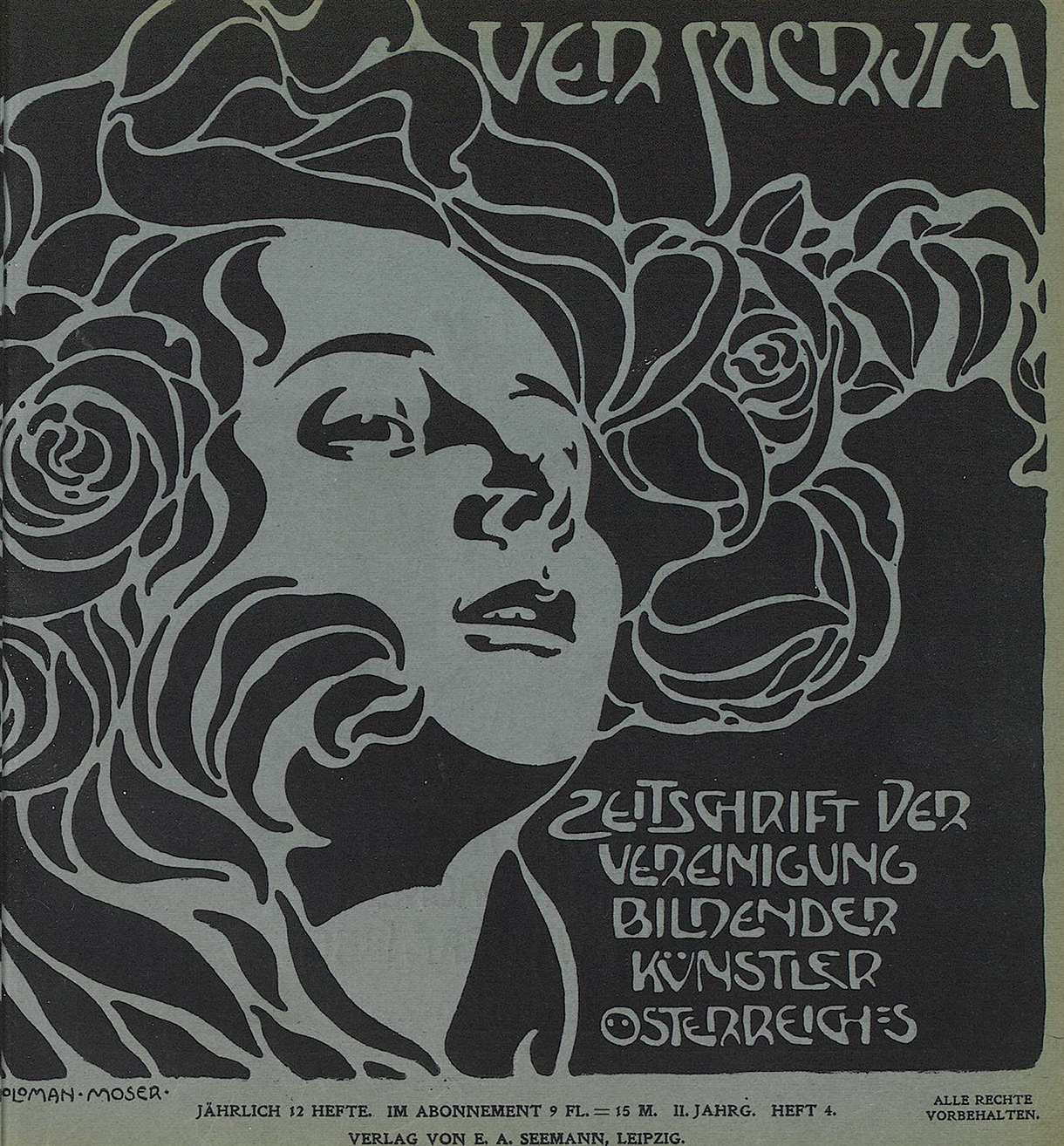
How Charles Rennie Mackintosh changed the Vienna Secession
Discover the architect and designer's often overlooked influence on Austria’s famed art movement
Today, we picture the Viennese Secession as a distinctly Austrian development, exemplified in the paintings of Egon Schiele, and Gustav Klimt, and the architecture of Adolf Loos.
However, the artists, designers and architects who founded this late 19th and early 20th century movement, wanted to reject local artistic traditions, rather than revel in them.
“Eager to break – or ‘secede’ – from the conservative institutions that had dictated the direction of Austrian art for decades,” explains the text in our book Art In Time, “the artists who initiated the Vienna Secession in 1897 shared little stylistically, but were united by a desire to reinvigorate the traditions of Austria’s official academies.”
To this end, the city’s creative class invited all sorts of new styles of expression to their city, including the Scottish architect, designer and artist Charles Rennie Mackintosh, born on this day, 7 June, in 1868.
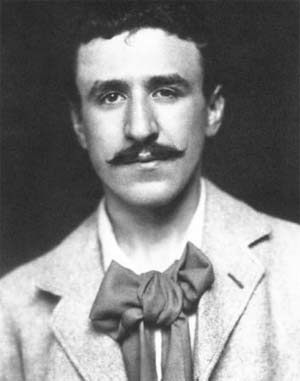
By the turn of the century, Mackintosh had established his own distinct style, drawing together influences from Japan, the Arts and Crafts Movement, and the industrial vigour of Glasgow, the city of his birth, to create a Scottish take on Art Nouveau.
At the eighth Secession exhibition, 3 November - 27 December 1900, Mackintosh was invited to create and display an entire room. Here’s how that work is described in our book, Art in Vienna 1898-1918.
“Their aim was to introduce to Vienna the work of some of the foremost designers in Europe,” writes Peter Vergo. “Room X of the exhibition, the layout of which was designed by Mackintosh and his wife, was set aside for their collection. This show marked the beginnings of cordial relations between the Secession and the British artists who had been invited to Vienna especially for the occasion.”
In a letter dated 17 December 1900, Mackintosh thanked the committee for their kindness, stating “I know well the artistic achievement of your exhibition. I hope it is receiving that public recognition and support which it deserves.”
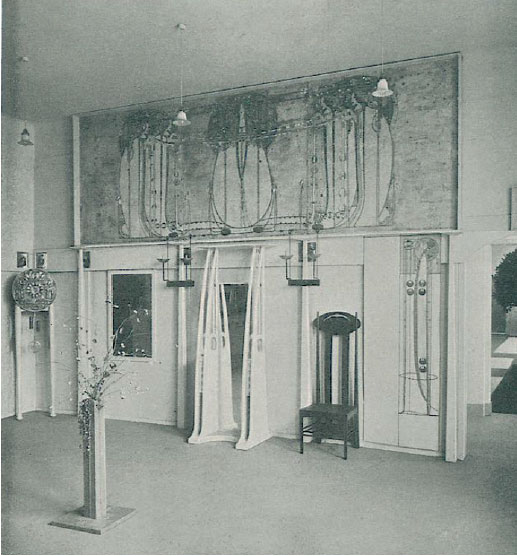
Certainly, Mackintosh’s work won plaudits among its organisers. Secessionist artists designers and architects such as Josef Hoffmann and Koloman Moser all went on to acknowledge some debt to the prevailing Glasgow School, created by Mackintosh and co.
In 1902, Hoffmann – creator of Austria’s Sanatorium Purkersdorf and the proto-modernist Kubus chair – travelled to Glasgow specially in order to see Mackintosh.
The wealthy young patron and businessman Fritz Waerndorfer also took similar trips, and even commissioned an insignia for Wiener Werkstätte (Vienna’s Workshops), a kind of Viennese version of the Arts and Crafts Movement, which prized artisanal, Mackintosh-style skill over factory dross.
When Secessionists won posts at the city’s applied arts school, The Kunstgewerbeschule, the institution was transformed from a bastion of tradition into a crucible of avant-garde creativity, where Mackintosh’s developments were admired alongside other movements from across Europe.
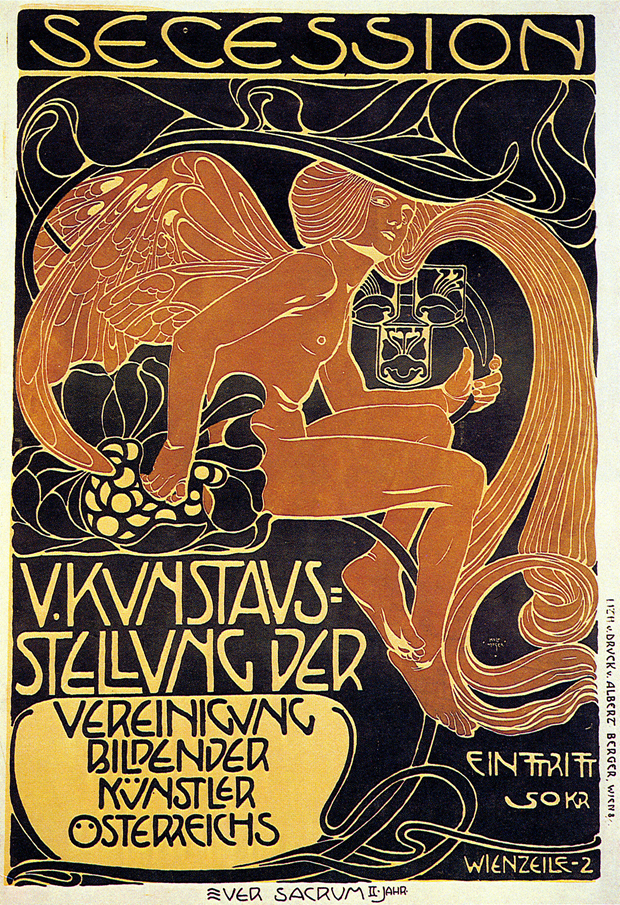
“One could not only find out, with the aid of the well-stocked library, what was being created in France, Holland, Belgium, Germany and England in the applied arts and in the field of modern interior design,” explains Vergo in our book, “but also discuss in violent debate the ideas of Ruskin and his spirited disciple William Morris, further developed in Scotland by the “Glasgow Boys” and the Mackintosh-Macdonalds’.”
All that foment in the galleries, academies and workshops changed the course of art history, propelling figures such as Klimt, Schiele and Loos. Yet this change might not have happened without the likes of Mackintosh, showing Vienna the way.
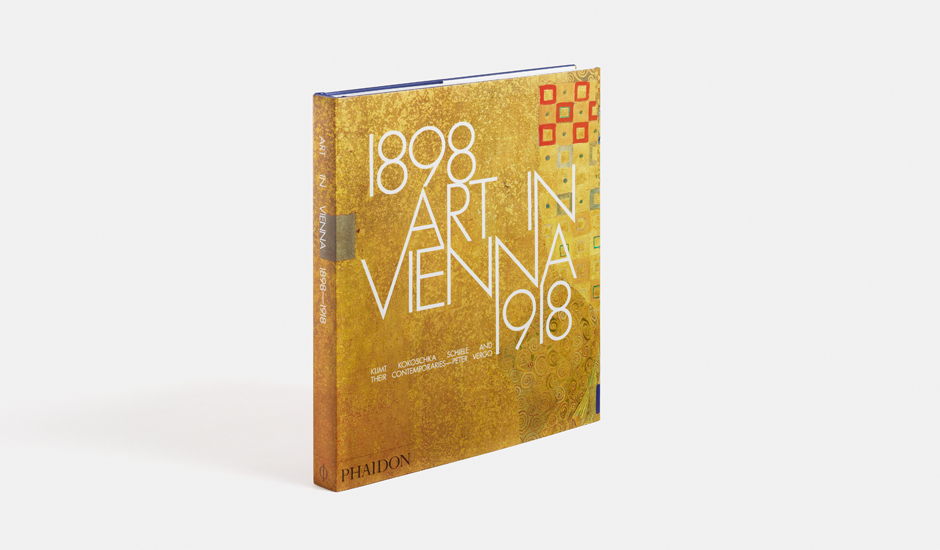
For more on the Viennese Secession get Art In Vienna; for more on the movement’s place within the greater sweep of art history, get Art In Time.